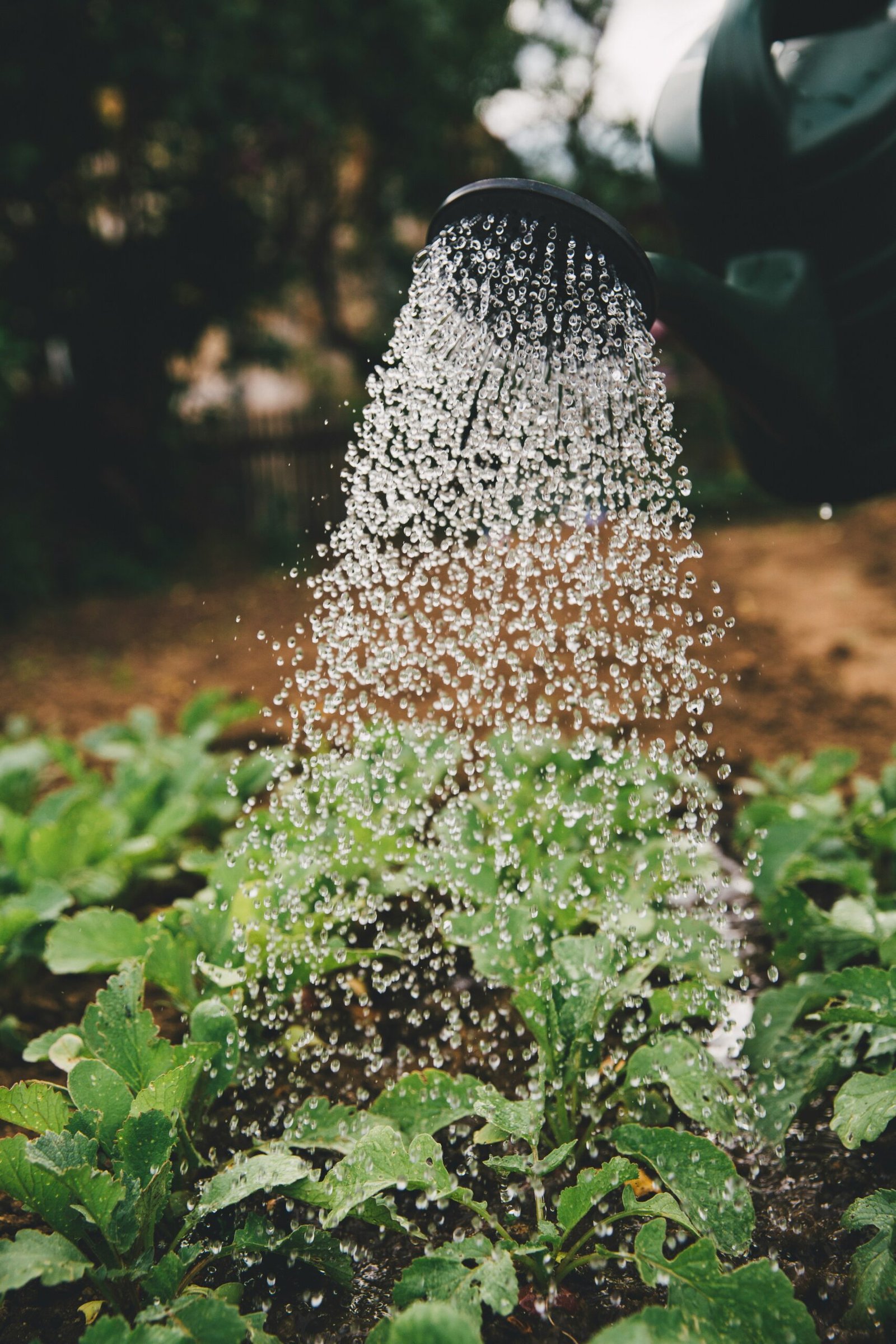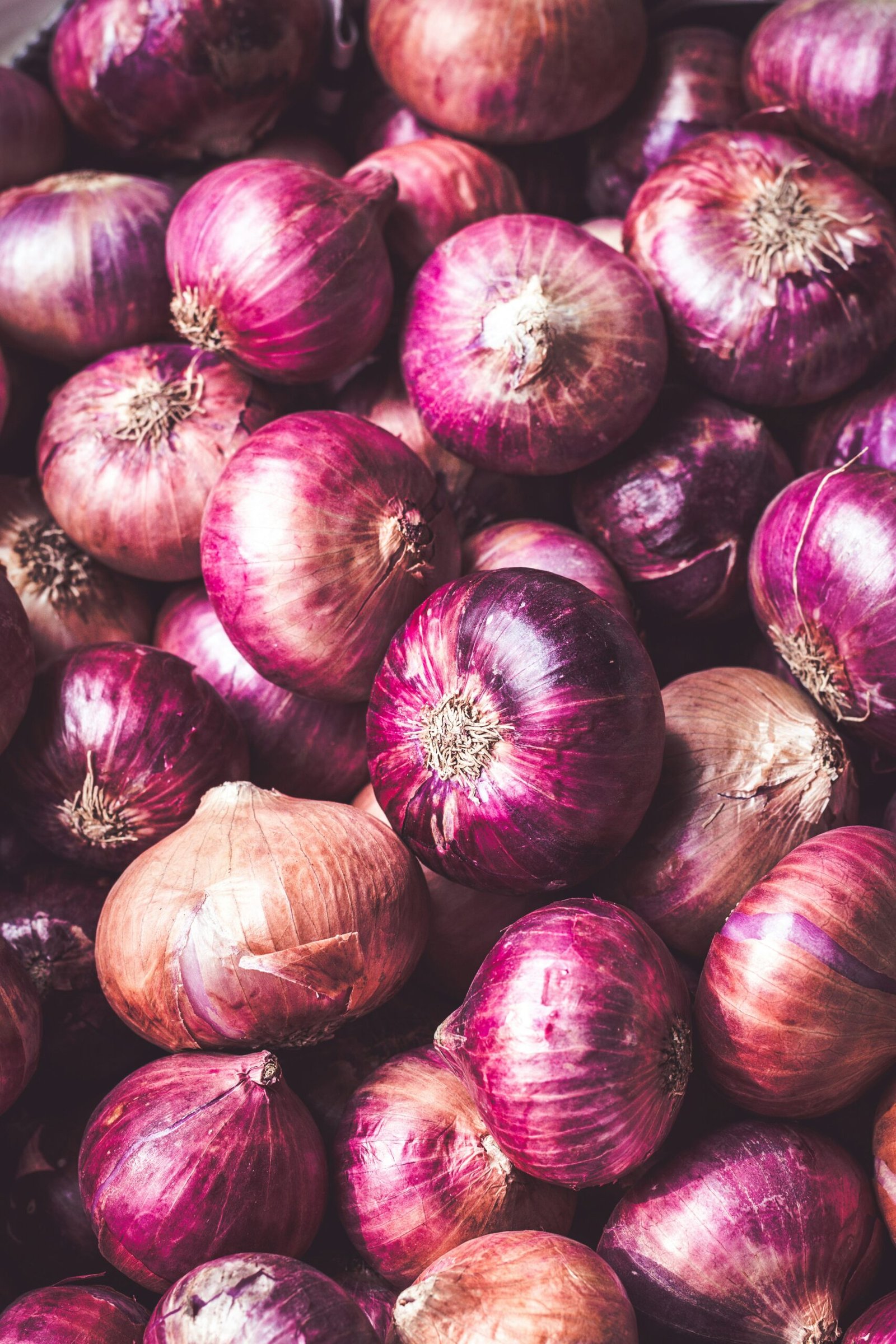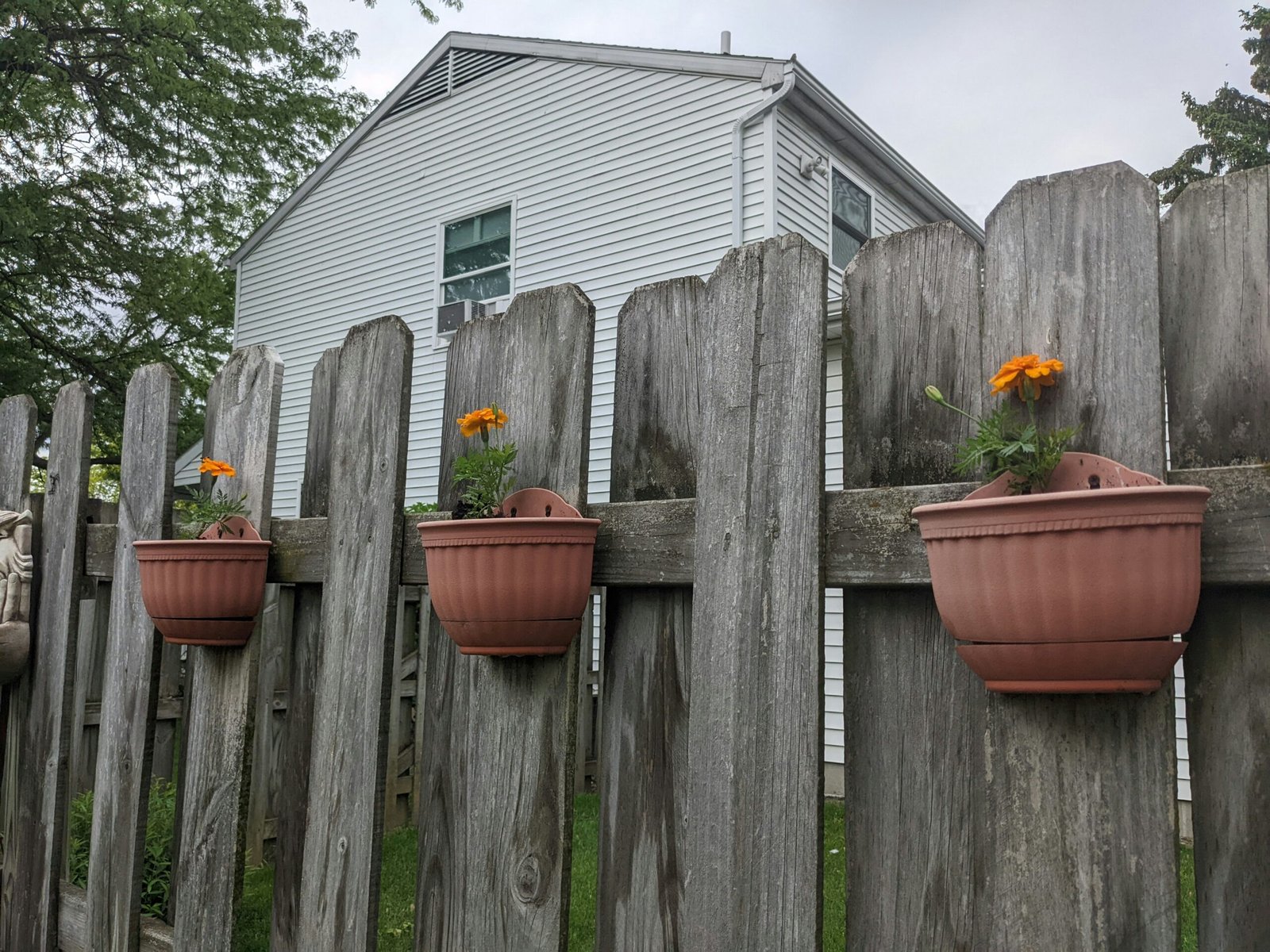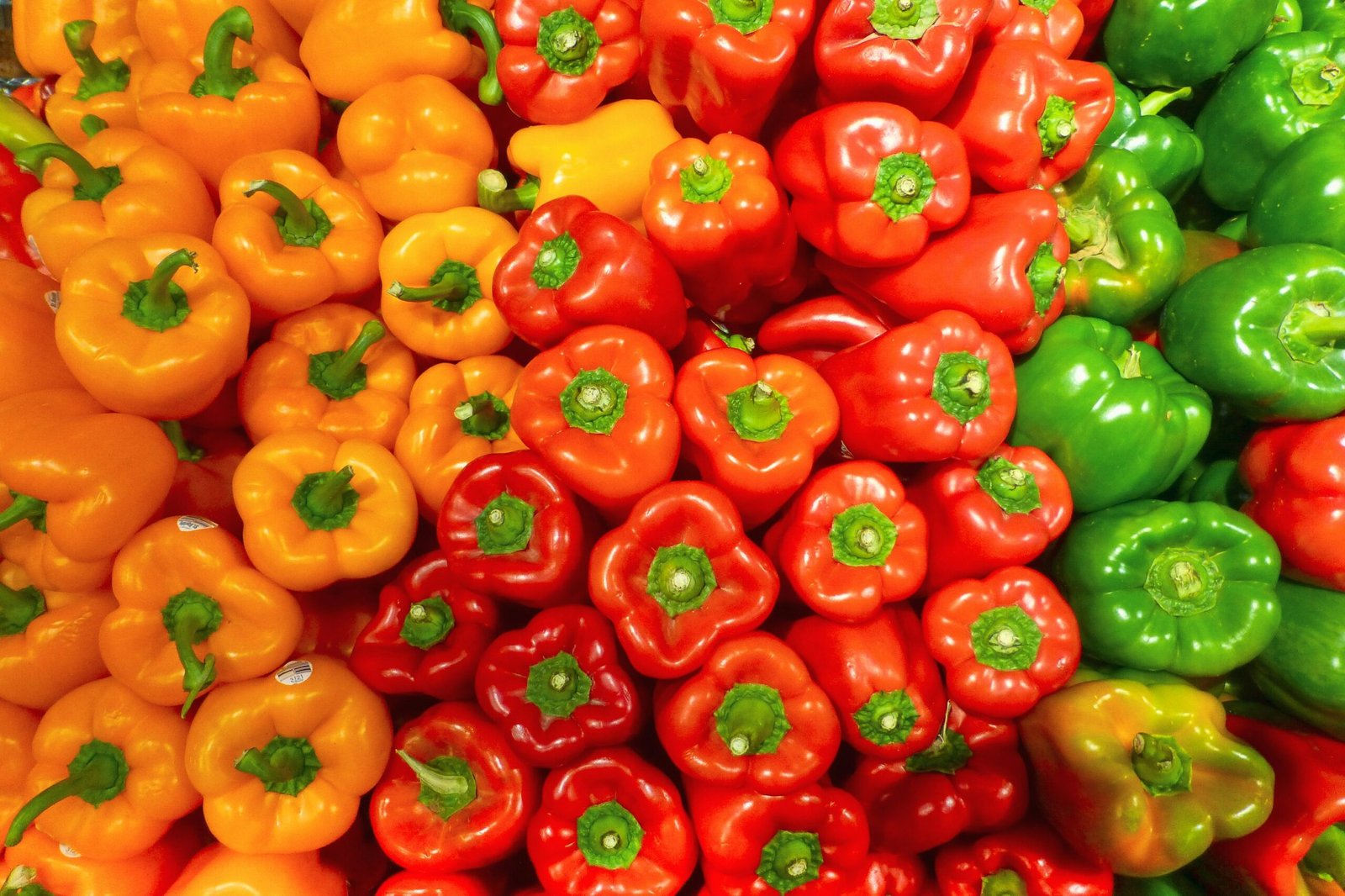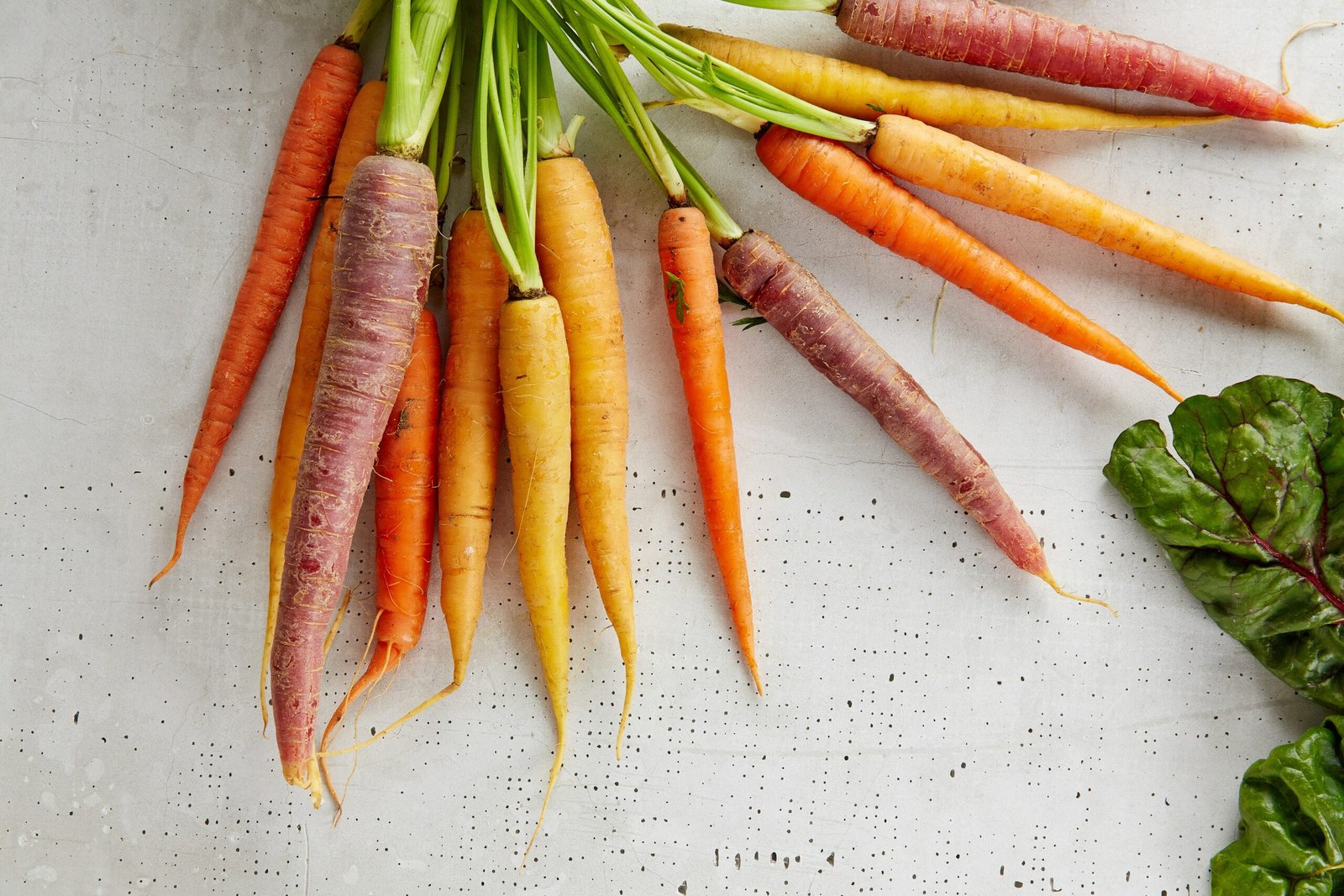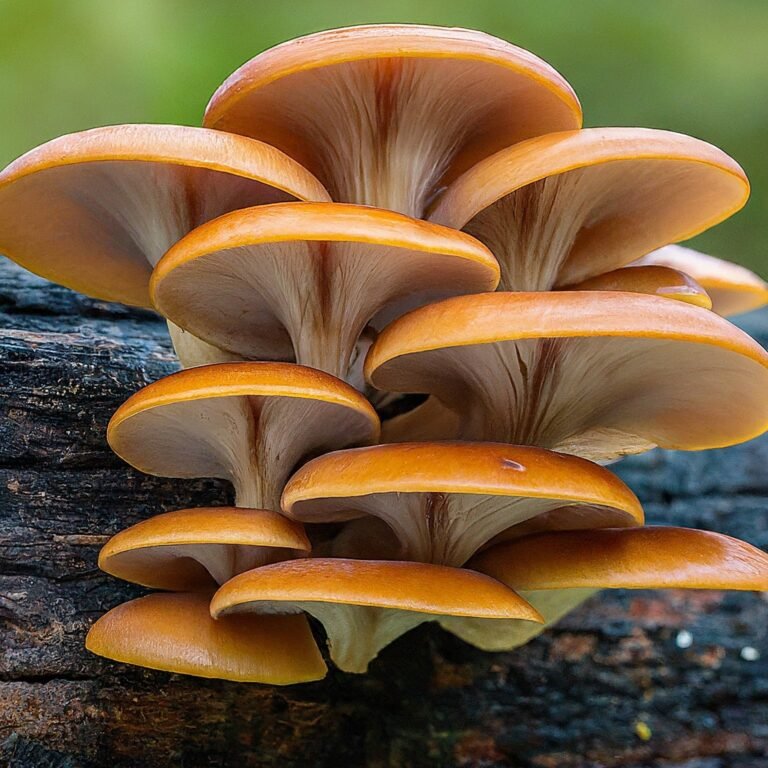The Best Vegetables and Fruits for Every Growing Zone
When it comes to growing your own food, understanding your growing zone is essential. Different regions have different climates and conditions that can greatly affect the success of your garden. To help you make the most of your gardening efforts, we’ve compiled a list of the best vegetables and fruits to grow in each growing zone.
Zone 1: Arctic and Subarctic
In Zone 1, where temperatures can drop below -50°F (-45°C), it can be challenging to grow fruits and vegetables. However, there are a few hardy options that can thrive in these extreme conditions. Consider growing cold-tolerant vegetables like kale, spinach, and Swiss chard. For fruits, opt for hardy varieties of apples and strawberries.
Zone 2: Subarctic and Cold
In Zone 2, where temperatures range from -50°F (-45°C) to -40°F (-40°C), you’ll need to choose vegetables and fruits that can withstand the cold. Cabbage, carrots, and potatoes are great options for vegetables, while raspberries and currants can thrive in this climate.
Zone 3: Cold and Cool
Zone 3 experiences cold winters and cool summers, with temperatures ranging from -40°F (-40°C) to -30°F (-35°C). For vegetables, try growing beets, broccoli, and peas. Apples, pears, and plums are some of the fruits that can do well in this zone.
Zone 4: Cool and Warm
In Zone 4, where temperatures range from -30°F (-35°C) to -20°F (-30°C), you have a wider variety of options for both vegetables and fruits. Consider growing tomatoes, peppers, and cucumbers for vegetables, and strawberries, cherries, and peaches for fruits.
Zone 5: Warm and Hot
Zone 5 experiences warm summers and cold winters, with temperatures ranging from -20°F (-30°C) to -10°F (-23°C). This zone is ideal for growing a wide range of vegetables, including zucchini, corn, and beans. Fruits like watermelon, cantaloupe, and grapes can also thrive in this zone.
Zone 6: Hot and Arid
In Zone 6, where temperatures range from -10°F (-23°C) to 0°F (-18°C), you’ll need to choose vegetables and fruits that can withstand hot and arid conditions. Consider growing drought-tolerant vegetables like tomatoes, peppers, and eggplant. Fruits like figs, pomegranates, and apricots can also do well in this zone.
Zone 7: Arid and Mild
Zone 7 experiences mild winters and hot summers, with temperatures ranging from 0°F (-18°C) to 10°F (-12°C). This zone is suitable for growing a wide variety of vegetables, including lettuce, radishes, and carrots. Fruits like peaches, nectarines, and plums can also thrive in this zone.
Zone 8: Mild and Warm
In Zone 8, where temperatures range from 10°F (-12°C) to 20°F (-7°C), you have even more options for vegetables and fruits. Consider growing sweet potatoes, okra, and collard greens for vegetables, and citrus fruits like oranges, lemons, and grapefruits.
Zone 9: Warm and Very Warm
Zone 9 experiences warm and very warm temperatures, with winter lows ranging from 20°F (-7°C) to 30°F (-1°C). This zone is ideal for growing a wide range of vegetables, including tomatoes, peppers, and cucumbers. Fruits like avocados, mangoes, and bananas can also thrive in this zone.
Zone 10: Very Warm and Tropical
In Zone 10, where temperatures rarely drop below 30°F (-1°C), you have a long growing season and can grow a variety of tropical fruits and vegetables. Consider growing tropical vegetables like sweet potatoes, yams, and taro. Fruits like pineapples, papayas, and passion fruits can also do well in this zone.
Remember, these are just general recommendations, and it’s important to consider other factors such as soil quality, sunlight exposure, and water availability when planning your garden. By selecting the right vegetables and fruits for your growing zone, you can increase your chances of a successful and bountiful harvest.
Happy gardening!
